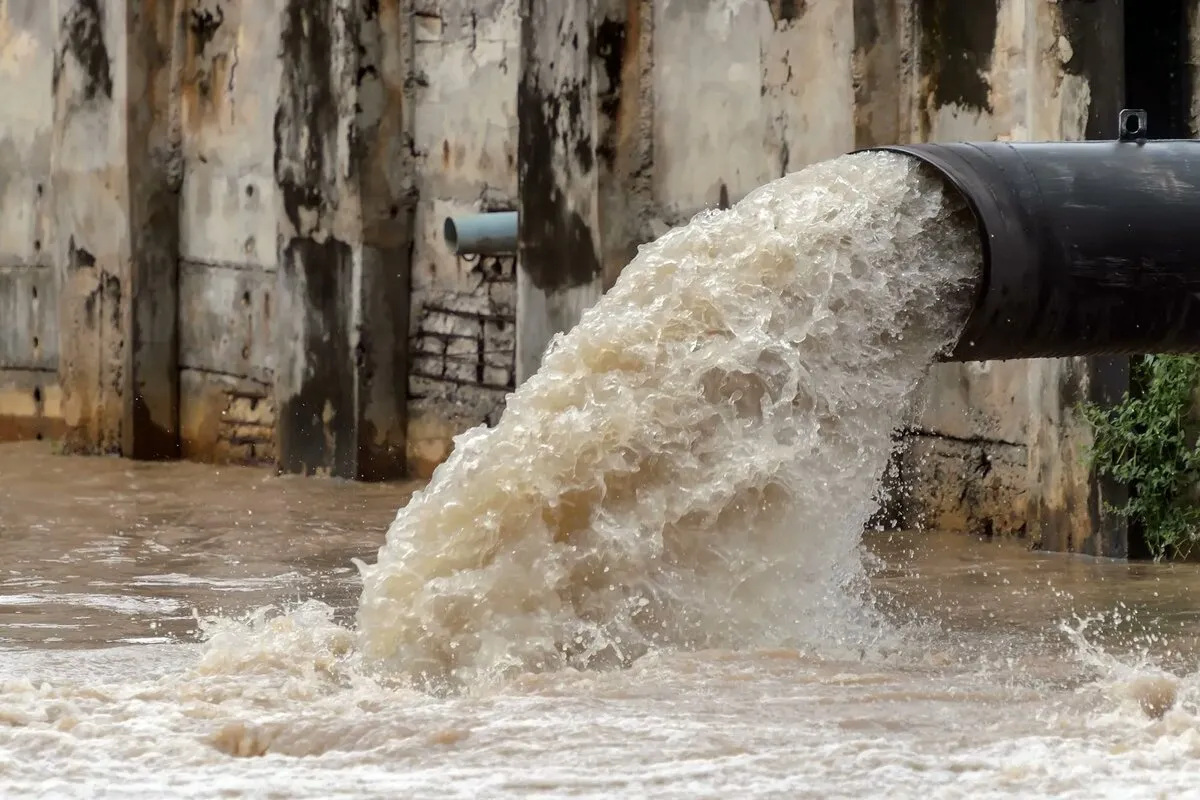Iran-Made Absorbents Remove Water Pollution, Protect Environment

“Absorbents with the capability to remove pollutants from water were produced in cooperation with the master’s and PhD students who had relevant theses,” Bahareh Kamyab Moqaddas, a faculty member of the Islamic Azad University’s Shiraz branch, told ANA.
“This product has no foreign counterpart and its production was inspired by the existing theses and raw materials available in Iran,” she added.
“The product absorbs heavy metals and colors from water quickly and has received approval for mass-production in cooperation with the companies stationed at the incubator center Islamic Azad University’s Shiraz branch,” Kamyab Moqaddas said.
In another development earlier this year, researchers at the Tehran-based Amirkabir University of Technology (AUT) found a solution for water and wastewater treatment using an absorbent made of sludge and sugarcane bagasse.
“Considering the problems the country faces, we tried to carry out a project with the aim of sustainable supply of water resources and wastewater management,” said Mohammad Ebrahim Maloul, a Ph.D. student at Amirkabir University of Technology and manager of the project "production of optimal absorbent from the combination of sludge and sugarcane bagass via thermal carbonization in a liquid environment to remove lead ion".
“In this research, two environmental wastes, sludge and sugarcane bagasse, have been transformed into a valuable product for water treatment by using the thermal carbonization method,” the researcher said, adding, “In addition to providing a comprehensive and sustainable solution for waste water management, a valuable product (absorbent) has been produced that is widely used in water and wastewater treatment.”
Stating that the method is used in other countries to remove waste and to produce an absorbent, he added, “But using the combination of two biomasses and studying the optimal conditions has been done for the first time in the world in this research.”
As regards the advantages that their method has over its rivals, Maloul said that compared to other adsorbents, this method can be performed at a lower temperature and also does not need pre-processing of the raw material (drying). Therefore the adsorbent production costs is much lower. Also, cold chemical activation method has been used to operate the absorbent, which is more compatible with the environment.
4155/v





















